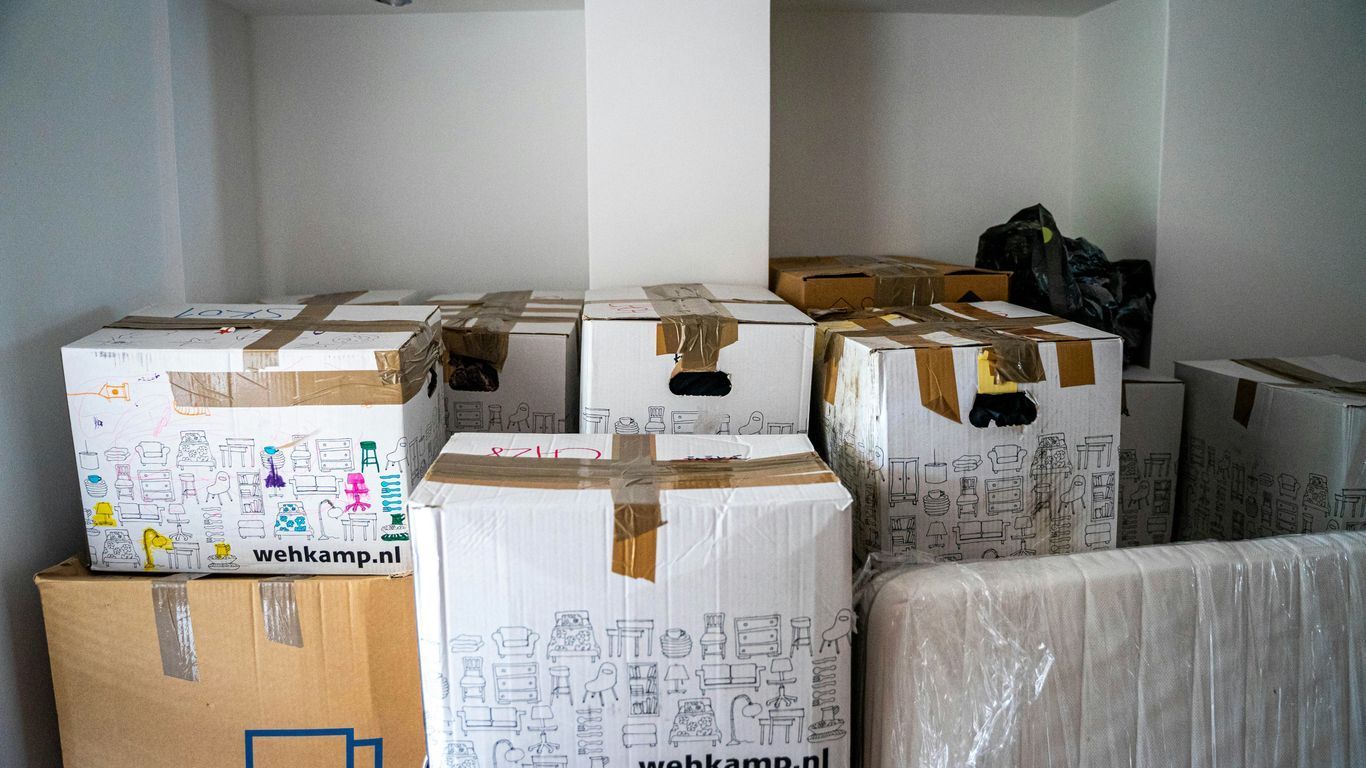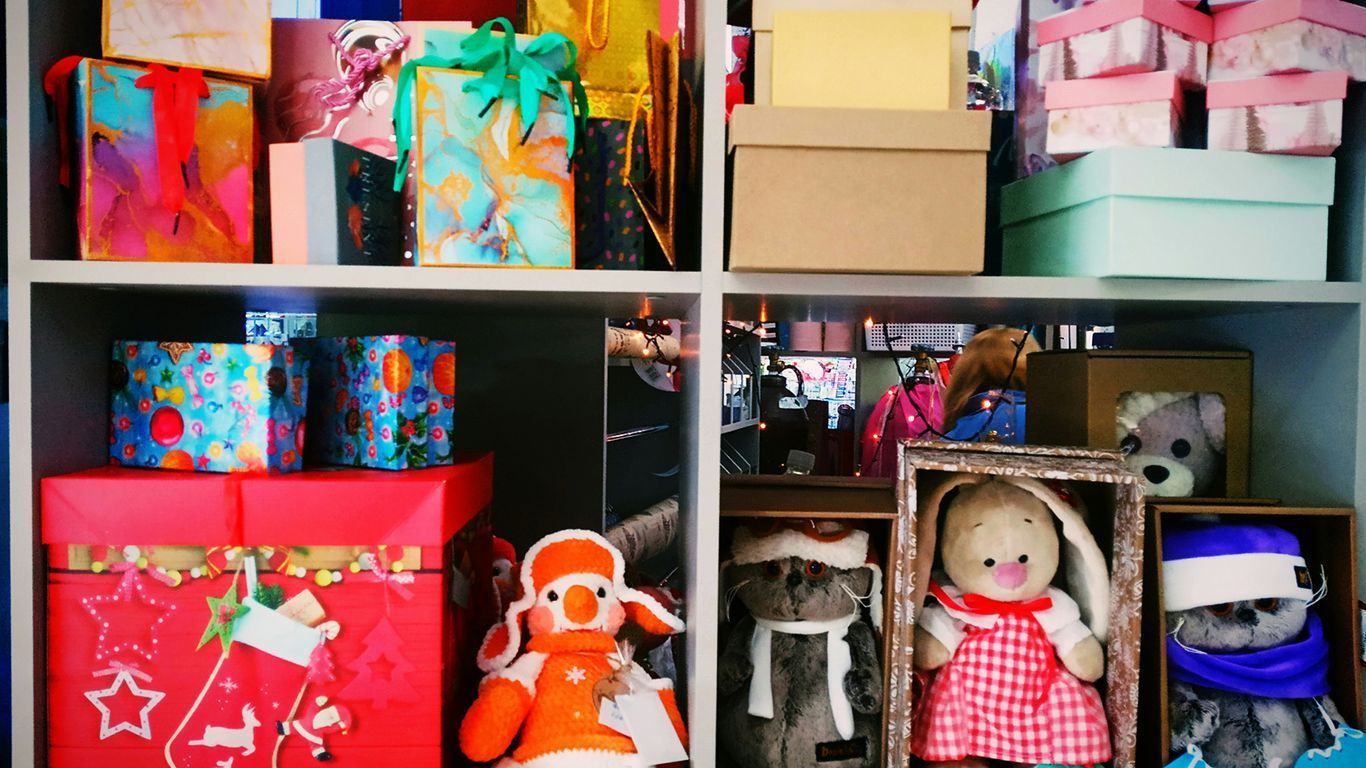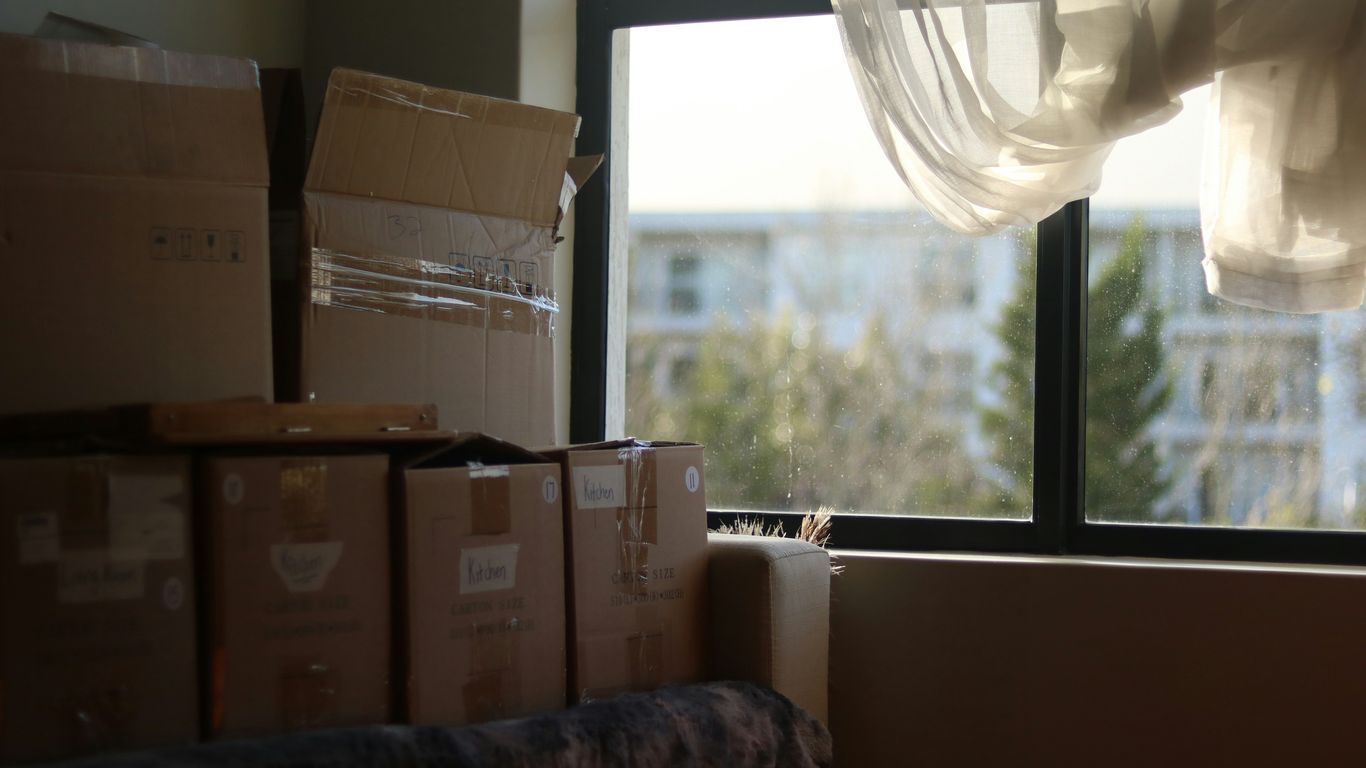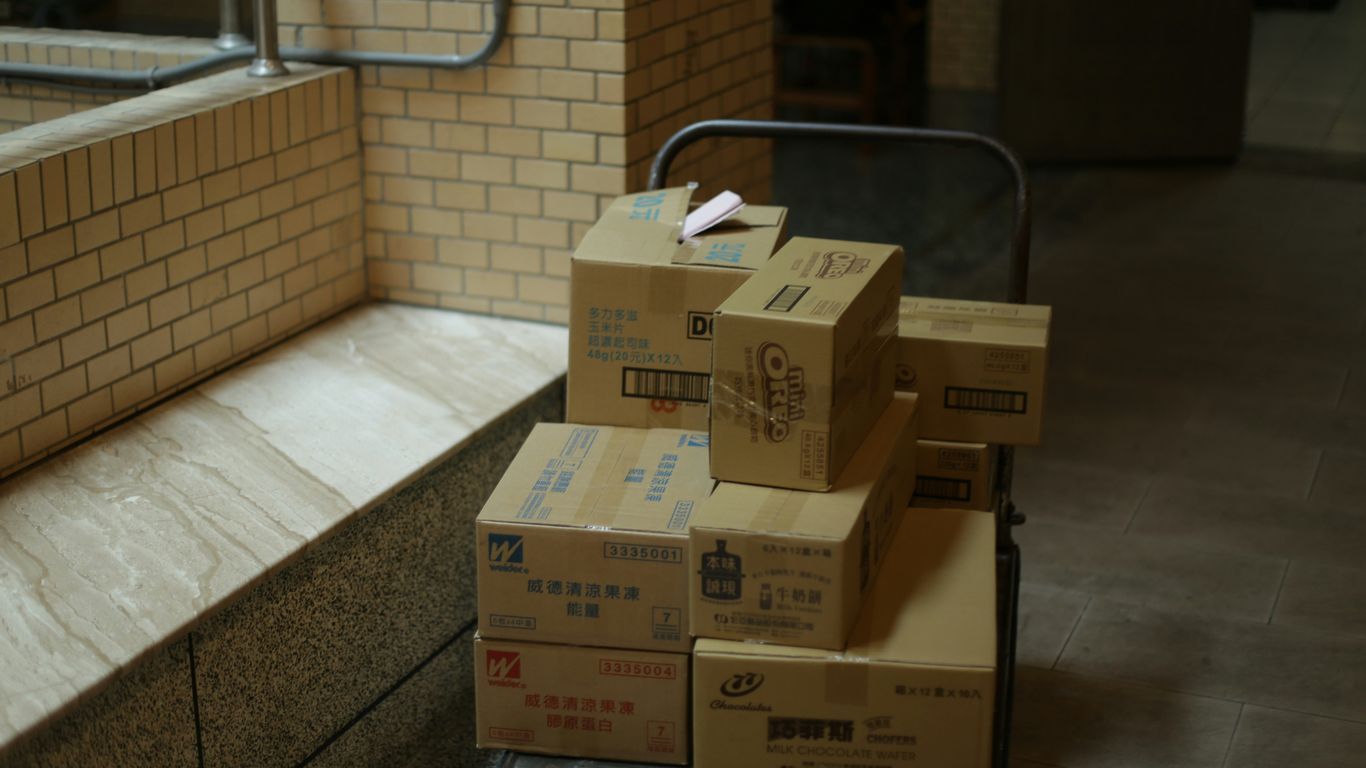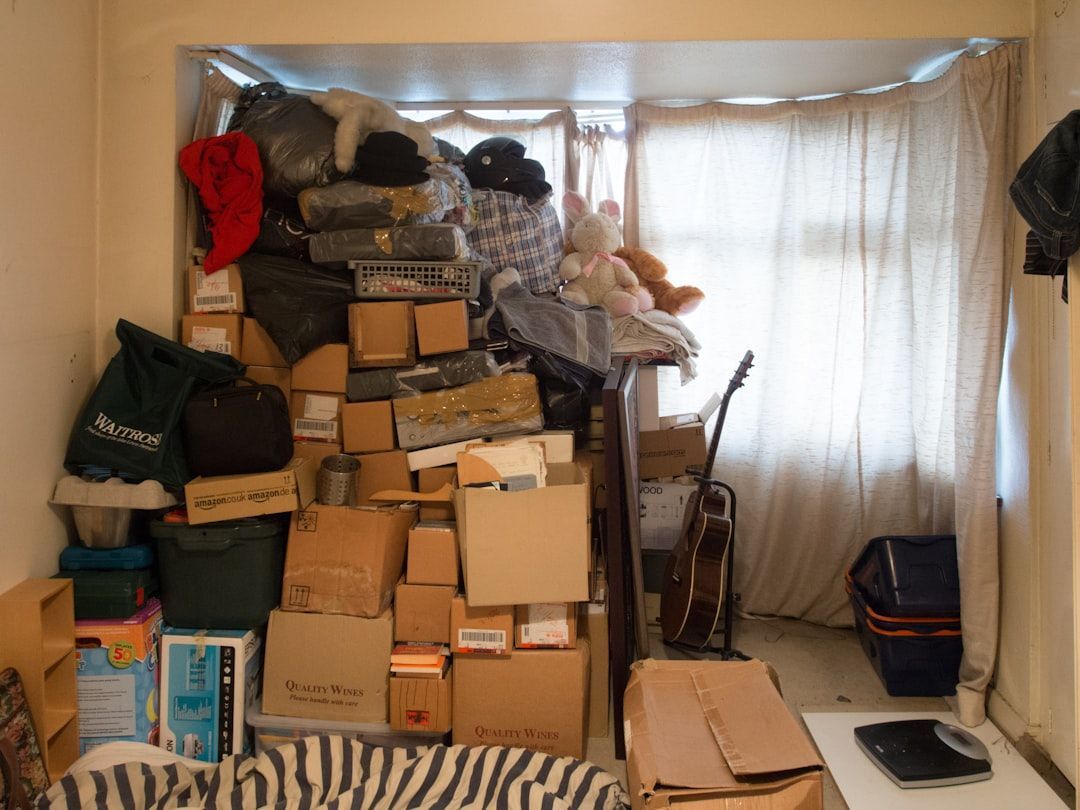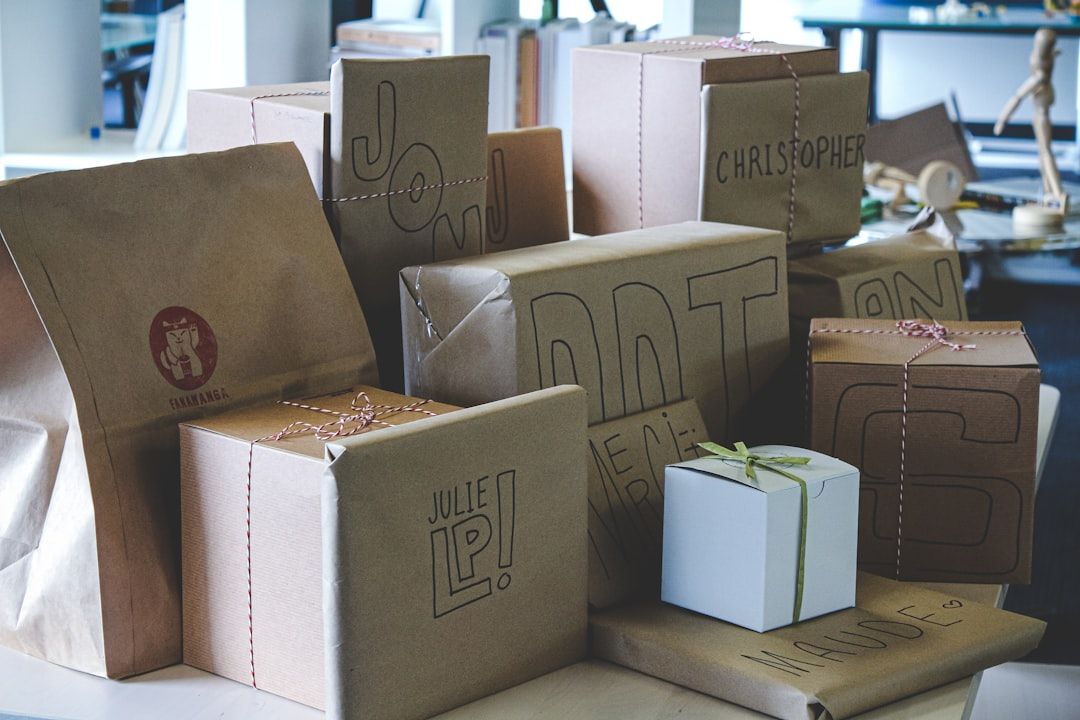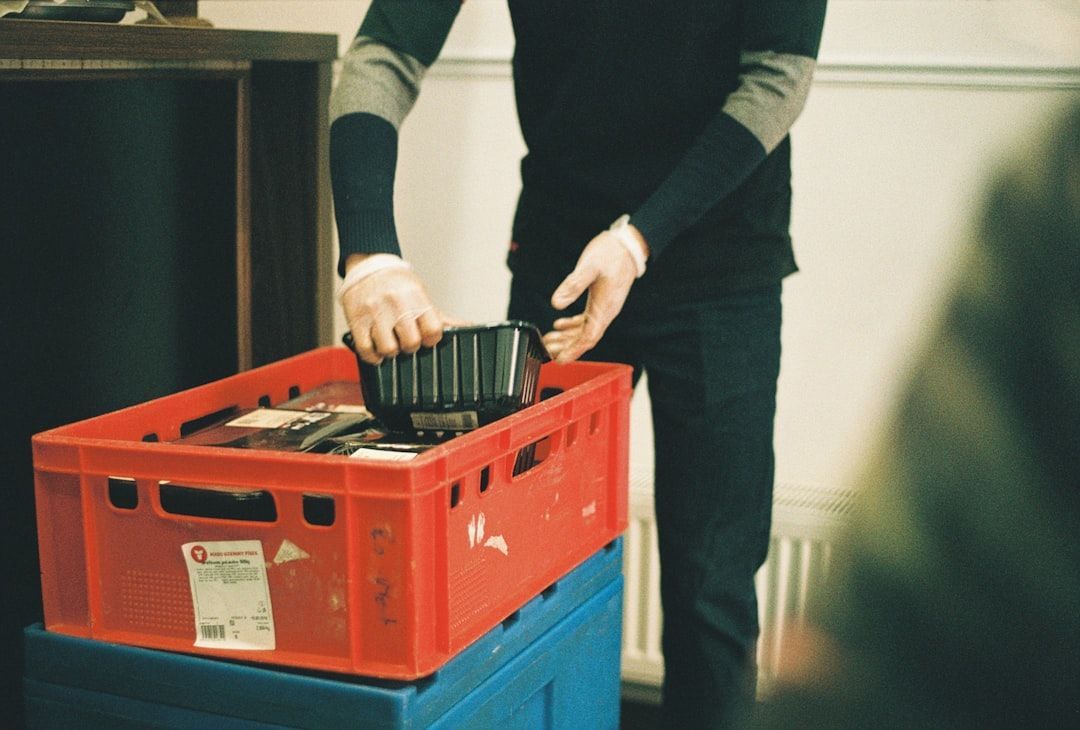How to Keep Stored Items Mold-Free and Clean
Ever opened a storage bin and caught a whiff of that musty smell? Yeah, that's probably mold, and it's the last thing you want on your stuff. Mold can sneak up on you, especially if you just toss things in a box and forget about them. If you want to know how to prevent mold in storage units, it’s all about a few simple habits—cleaning, picking the right containers, and keeping moisture under control. Here’s how you can keep your stored items fresh and mold-free, without making things complicated.
Key Takeaways
- Always clean and dry your belongings before packing them away, since any leftover moisture or crumbs can lead to mold.
- Pick airtight plastic bins or vacuum-sealed bags for most items, and use acid-free boxes for things like books and papers.
- Toss in silica gel packets or other moisture absorbers, and remember to swap them out every few months.
- If you’re using a storage unit, try to get one with climate control, and keep your stuff off the floor to avoid dampness.
- Don’t pack bins too tightly—let air move around, and check your storage area every so often for leaks or signs of mold.
Clean and Dry Items Thoroughly Before Storage
No one wants to dig through a storage bin just to find fuzzy green patches growing on their old books or favorite coat. Getting rid of mold starts with good prep work—prevention is way easier than cleanup. To stop mold before it starts, make sure everything you’re packing away is as clean and dry as possible. That may sound obvious, but I can’t tell you how often people cut corners here. It makes a real difference.
Remove Dirt and Food Residue
Take the time to;
- Brush off loose dust and crumbs from every item, paying special attention to seams and corners.
- Wipe down solid surfaces with a damp cloth and mild soap; don’t forget handles or undersides.
- For textiles, check for hidden bits: shake out clothes, inspect coat pockets, and pat down cushions.
Even a little food or dirt can attract pests or feed mold. This step isn’t just about being clean—it’s about stopping problems before they start. There’s more practical advice on this in the moisture protection tips from Campbellsville storage experts.
Allow Items to Air Out Completely
After cleaning, resist the urge to toss everything into bins right away. Let:
- Washed fabrics and linens air dry flat or on a rack until they’re bone dry with zero dampness.
- Dishes, glassware, and any wiped-down item sit out to air until all moisture is gone.
- Large objects like furniture dry for at least 24 hours if you’ve cleaned them—move them outside, or place them near fans if possible.
Make sure you’re packing for long-term storage, not just a quick closet stash. Moisture trapped inside fabric or under plastic leads to mold, no matter how careful you are otherwise.
Inspect for Stains and Moisture
Before everything gets packed away:
- Look for stray spots, fresh stains, or any leftover dampness on every item.
- Run your hands over fabrics and check if any part feels cold or sticky. Sometimes it’s hard to see moisture, but you can feel it.
- If you spot anything suspicious, leave it out longer or consider spot-cleaning and drying again.
Doing these checks might feel tedious in the moment, but it will save you big headaches later when you don’t have to throw out moldy items or wrestle with strange smells. Even if your stuff seems dry, a second check is worth it if you want to avoid surprises next time you open the box.
Select the Best Storage Containers for Mold Prevention
Picking the right container isn't just about shoving things away and forgetting about them. The kind of box, bin, or bag you use can decide whether your stuff stays mold-free or ends up smelling musty (or worse).
Prioritize Airtight Plastic Bins over Cardboard
- Plastic bins with tight-fitting lids are a solid first choice for storing almost anything.
- Cardboard boxes may be handy, but they love soaking up moisture—so they're a prime spot for mold.
- Choose heavy-duty plastic bins labeled as “airtight” or “weatherproof” for best results.
- Don't use cracked or brittle containers, since even a tiny gap lets in damp air.
Airtight plastic bins are one of the best steps you can take to shield your belongings from humidity and mold while they're tucked away long-term.
Use Vacuum-Sealed Bags for Fabrics
- Clothes, linens, curtains, and even spare blankets stay much safer in vacuum-sealed bags.
- These bags reduce how much space soft goods take up and keep air out at the same time.
- Removing air also keeps musty odors and bugs away.
Choose Acid-Free Boxes for Books and Documents
- Avoid regular cardboard for papers, photos, and books, since paper-on-paper contact just draws moisture.
- Acid-free boxes are made specifically to protect fragile or old papers, so they won't discolor or crumble over time.
- They let air circulate a bit, which matters for items that shouldn't get stuck in a totally sealed container.
If you take a few minutes to match each stored item with the right type of container, you'll save yourself a headache down the line. Mold problems usually show up slowly, so by the time you notice a smell, the damage is often done. Choosing the best bins now helps make sure your items come out of storage looking just as good as when they went in.
Control Moisture with Desiccants and Absorbers
Keeping moisture in check is honestly one of the best things you can do to steer clear of mold in your storage setup. Even if you clean and pack everything just right, humidity can sneak in and cause big issues when you least expect it. Here’s a closer look at some effective ways to fight back using desiccants and moisture absorbers.
Utilize Silica Gel Packets in Each Bin
Silica gel packets are super handy for soaking up unwanted dampness. Just toss a few of those little packets (you’ve probably seen them come with new bags or shoes) into each container. They work wonders for keeping fabrics, papers, and even photos safe while in storage. The real trick is to use enough of them—don’t just rely on one tiny packet for a big bin. Group similar items together and make sure every box gets its own share of silica gel.
Replace Moisture Absorbers Regularly
It’s easy to forget about the things you don’t see, but desiccants and moisture absorbers lose their strength over time. If you’re planning to store things for more than a few months, set a reminder to swap them out. Keeping your absorbers fresh will save you tons of headaches down the line. You’ll also want to check for expired or spent packets—expired ones won’t absorb excess humidity like they should. Simple swaps like these are part of smart storage unit upkeep (protect items against moisture).
- Mark your calendar every 4-6 months for a quick desiccant check
- Use clear containers so it’s easy to spot saturated absorbers
- Toss out anything that feels squishy or has changed color
Try Natural Alternatives Like Charcoal and Baking Soda
Not everyone wants to use chemical dry packs—no worries, there are natural options that work surprisingly well. If you’re leaning toward home remedies, charcoal briquettes and baking soda both help pull moisture out of the air:
- Charcoal: Wrap a few plain (no lighter fluid!) briquettes in breathable cloth and stick them in your bins.
- Baking Soda: Open corners or small containers filled with baking soda are great for capturing moisture.
- Unscented clay kitty litter: Believe it or not, it’s a decent moisture absorber for tricky spots.
Regularly replacing these natural moisture fighters is key to keeping things dry. Don’t set them and forget them—every six months is usually the sweet spot.
A little planning with desiccants and simple traps keeps your storage area dry, your stuff safe, and mold out of the picture.
Optimize Storage Unit Conditions to Prevent Mold
Making sure your storage space is set up right plays a big part in keeping mold away. A lot of folks don’t give much thought to the storage conditions until it’s too late, but a few simple changes can save your stuff from ruin. Let’s look at the best ways to keep things dry and clean.
Choose Climate-Controlled Storage Units
If you have the choice, go with a climate-controlled storage unit. These setups keep the inside temperature steady, but most importantly, they keep humidity low. High humidity is basically an open invitation for mold.
- Climate-controlled units run air conditioners and dehumidifiers regularly.
- They handle sudden weather changes so your items aren’t at risk.
- These units might cost a bit more, but the extra peace of mind is worth it if you’re storing anything valuable or prone to mold.
I learned the hard way after a summer heatwave left my old paper files smelling like a swamp. Now, I always ask about climate control when picking storage!
Elevate Items Off the Ground
Never just drop your boxes or furniture right on the storage unit floor. Cement floors can get damp, even if there’s no visible leak. That dampness seeps up and gets into your stuff quicker than you think.
Keep things dry by:
- Placing wooden pallets or plastic risers under boxes and furniture
- Avoiding direct contact between your items and the floor
- Using shelving for heavier or valuable things
Lifting items even a few inches makes a big difference, since air can flow underneath and moisture stays away.
Monitor and Maintain Humidity Levels Below 60%
Mold likes to grow when humidity gets above 60%. You don’t need fancy equipment; a simple humidity gauge (hygrometer) works just fine.
- Check your unit’s moisture level at least once a month
- If it’s too high, add desiccants or moisture absorbers
- If your storage unit allows, use a small plug-in dehumidifier
Keeping an eye on humidity saves you from surprises. It’s one little chore every few weeks that can make sure all your hard work staying mold-free doesn’t go to waste.
With a good unit, a little prep, and ongoing checks, you’ll keep your stored items safe and mold-free no matter how long you leave them behind.
Enhance Air Circulation Within Storage Spaces
Let’s be honest—if your stuff is going in storage, the last thing you want is for it to come out smelling funky or, worse, covered in mold. One major way to avoid this is by keeping air moving around your stored items. When things get crammed together, air gets trapped and moisture has nowhere to go, so mold can easily find a home.
Avoid Overpacking Storage Containers
It might seem efficient to fill every inch of a bin or box, but that’s not a great idea. Leave a little breathing room in your containers—don’t stuff them to the top!
- Air needs space to move between your items.
- Overpacked boxes can trap humidity, which encourages mold.
- Try stacking items so that airflow isn’t blocked, following tips for storing items in clear plastic containers and vacuum-sealed bags for clothing. Check out strategies from space-saving box stacking.
Use Shelving to Improve Airflow
Shelves aren’t just for neatness—they actually help your stuff stay cleaner for longer.
- Place bins or containers on shelves instead of the floor.
- Air circulates more freely above, below, and around each item.
- Stacked on shelves, belongings are less likely to absorb moisture from concrete or carpeted floors.
Leave Space Between Walls and Stored Items
Sticking items directly against the wall is a common mistake. Walls can trap condensation, especially as temperatures change, causing an invisible wet spot for mold to grow behind your stuff.
- Keep at least 2-4 inches of space between containers and walls.
- This gap boosts ventilation and lets air move throughout the entire storage area.
- Even a small buffer zone can make a difference in preventing sneaky mold.
Even if you’ve packed things up well, taking these extra steps for air circulation helps you dodge cleaning hassles and ruined keepsakes. Give your belongings the best shot at staying fresh and mold-free, right from the start.
Implement Routine Maintenance and Inspections
Consistent maintenance and checks are a must if you want to keep your stored items free from mold. Skipping these steps can turn a spotless storage area into a breeding ground for unwanted growth, ruining whatever you’ve tucked away. Here’s what you need to focus on:
Check for Leaks or Condensation
- Walk through your storage area at least once a month – look up at the ceiling and down along the baseboards for any signs of water spots or drips.
- Pay attention to pipes and nearby windows; condensation can build up fast and go unnoticed.
- Address plumbing or roof leaks the moment you find them. Even a small drip can make things damp enough for mold to move in.
Inspect Containers for Cracks or Damage
- Lift bins and boxes to make sure nothing is wet underneath.
- Look for cracks, splits, or holes in plastic or fabric storage. Sometimes mice or even dry weather can cause damage.
- Replace anything that looks worn out; an old, broken container provides an easy way in for moisture and pests.
Clean Storage Areas Regularly
- Set a schedule for sweeping, vacuuming, or wiping down the area – dust and dirt can hold moisture and help mold take root.
- Remove cobwebs and empty out unused or sticky bins even if they seem okay.
- Don’t forget places you can’t see, like behind shelves or under stacks of boxes.
If your storage space smells musty or feels damp, that’s your signal to investigate even closer—mold likes to hide where you’re least likely to look.
Routine care for your storage area is one of those boring chores you’ll be glad you kept up with later. Mold is a lot harder to deal with after it’s already started.
Use Mold-Resistant Materials and Protective Measures
Modern storage isn't just about tucking things away—if you want your valuables to stay clean, dry, and usable, what they're surrounded by matters too. Choosing the right materials to line storage units and proactively using protective measures makes a huge difference in keeping mold at bay. Here's what actually matters when you’re aiming to keep stored items safe from damp and mildew:
Line Storage Areas with Mold-Resistant Panels
Want to really set your storage space up for success? Look into materials that naturally repel moisture. FRP panels and polycarbonate options are tough and stay resistant to water and mildew. These panels go on the walls and ceilings, blocking the kind of moisture that typically leads to mold. You’ll find that they're easy to clean and last for years—saving headaches and money in the long run. There's a handy overview of why these panels are game-changers for keeping storage units mold-free.
- FRP and polycarbonate panels don’t absorb water, so they interrupt mold before it can start.
- Non-porous surfaces mean cleaning is quick—just a wipe, not a scrub.
- Durable construction means fewer replacements over time.
Wrap Sensitive Items in Breathable Materials
Don’t just toss fabrics, paperwork, and delicate things directly into storage bins. Protect these items with covers that let air move but keep dust and excess humidity out.
- Cotton sheets or muslin bags for clothing and linens
- Acid-free paper for documents, books, and photos
- Mesh storage bags for smaller goods
This way, trapped moisture doesn’t get a chance to build up and harbor mold on your valuables.
Avoid Direct Floor Contact for Stored Goods
The ground in a storage space is usually the first thing to get damp, especially if there’s rain, humidity, or even just condensation. So, create a barrier:
- Use pallets or shelving to keep boxes and bins off the ground
- Place a waterproof liner or tarp below larger items
- Opt for storage racks for heavier goods
Even after lining your storage area and wrapping your valuables, check your setup every couple of months for dampness underneath bins or boxes—early action saves items from ruin.
Going the extra step in picking materials and wrapping up sensitive things isn’t overkill—it’s just practical. Mold-resistant options may feel like an investment, but preventing damage is easier and cheaper than dealing with ruined belongings down the road.
Stop mold before it starts by choosing materials that fight against mold growth. Use strong protective steps like keeping water out and letting air flow. Ready to keep your stuff safe from mold? Visit our website to learn more tips and see how we can help you protect your belongings!
Conclusion
So, keeping your stored stuff mold-free and clean isn’t rocket science, but it does take a bit of effort. The main things to remember are to clean and dry everything before you pack it away, pick the right containers (seriously, ditch the cardboard for anything you care about), and use moisture-absorbing packs like silica gel or even baking soda. Don’t forget to check on your storage space now and then—look for leaks, weird smells, or any signs of dampness. If you’re using a storage unit, try to go for one with climate control or at least good ventilation. A little bit of planning now can save you a lot of headaches (and ruined stuff) later. Trust me, future you will be glad you took the time to do it right.
Frequently Asked Questions
Why is it important to dry items completely before storing them?
If you put away things that are still wet or even a little damp, mold has a much better chance to grow. Mold loves moisture, so always make sure your items are totally dry before packing them up. Let them air out for a few days if needed.
Are cardboard boxes safe for long-term storage?
Cardboard boxes are not the best for long-term storage, especially for things like clothes or linens. Cardboard can soak up moisture from the air, which can help mold and mildew grow. Airtight plastic bins or acid-free boxes are much safer choices.
What should I use to keep moisture out of my storage containers?
You can use silica gel packets, which are those little bags you sometimes find in new shoes or bags. They soak up extra moisture and help keep things dry. Charcoal and baking soda are also good natural options for absorbing moisture.
How can I control the humidity in my storage space?
Try to keep the humidity below 60%. If you’re using a storage unit, pick one that’s climate-controlled. At home, you can use a dehumidifier or moisture absorbers to help keep the air dry.
Why is air circulation important in storage spaces?
Good airflow keeps moisture from getting trapped. Don’t pack boxes too tightly, use shelves to let air move around, and leave a little space between your items and the walls. This helps stop mold from growing.
How often should I check my storage area for mold or moisture?
It’s a good idea to check your storage area at least once a month. Look for leaks, condensation, or any signs of mold. If you see any problems, fix them right away to keep your stored items safe.

